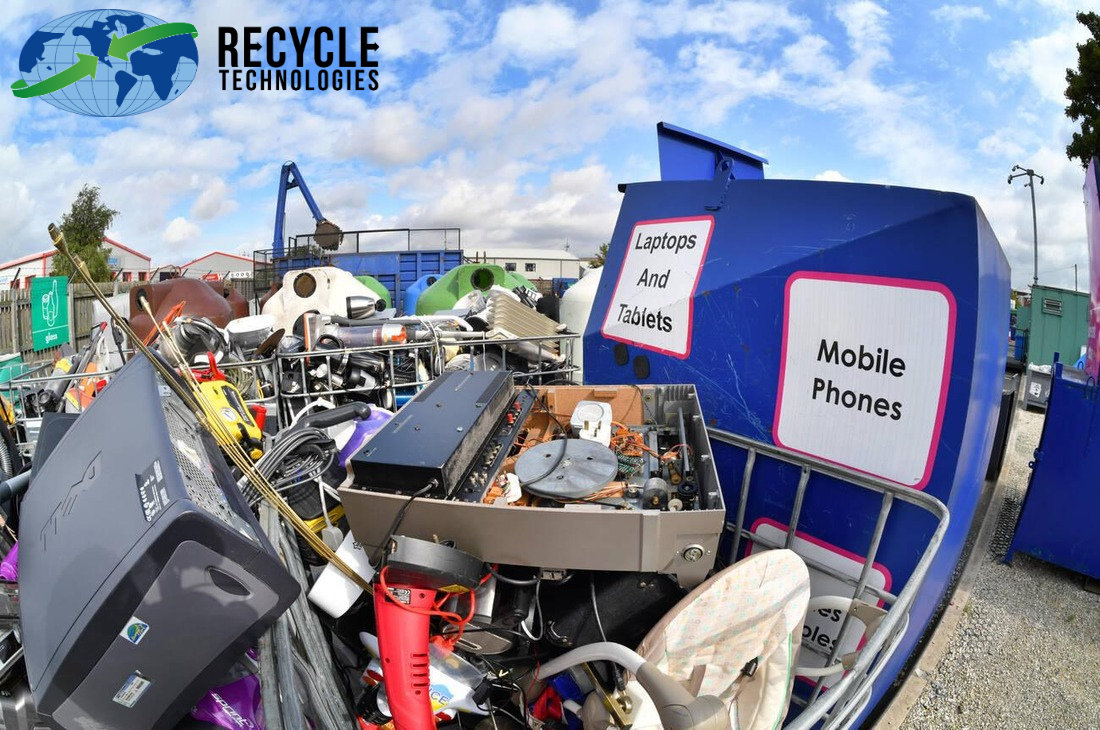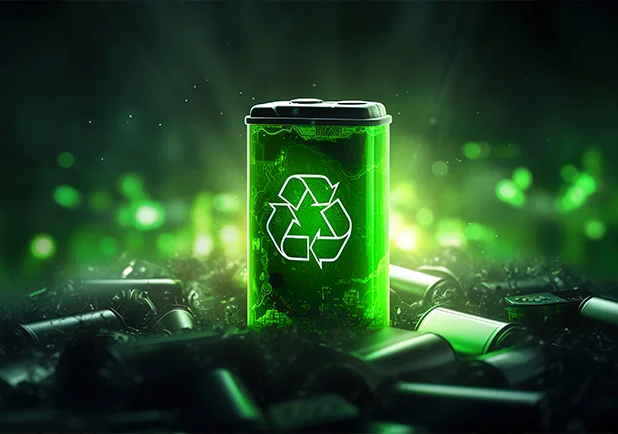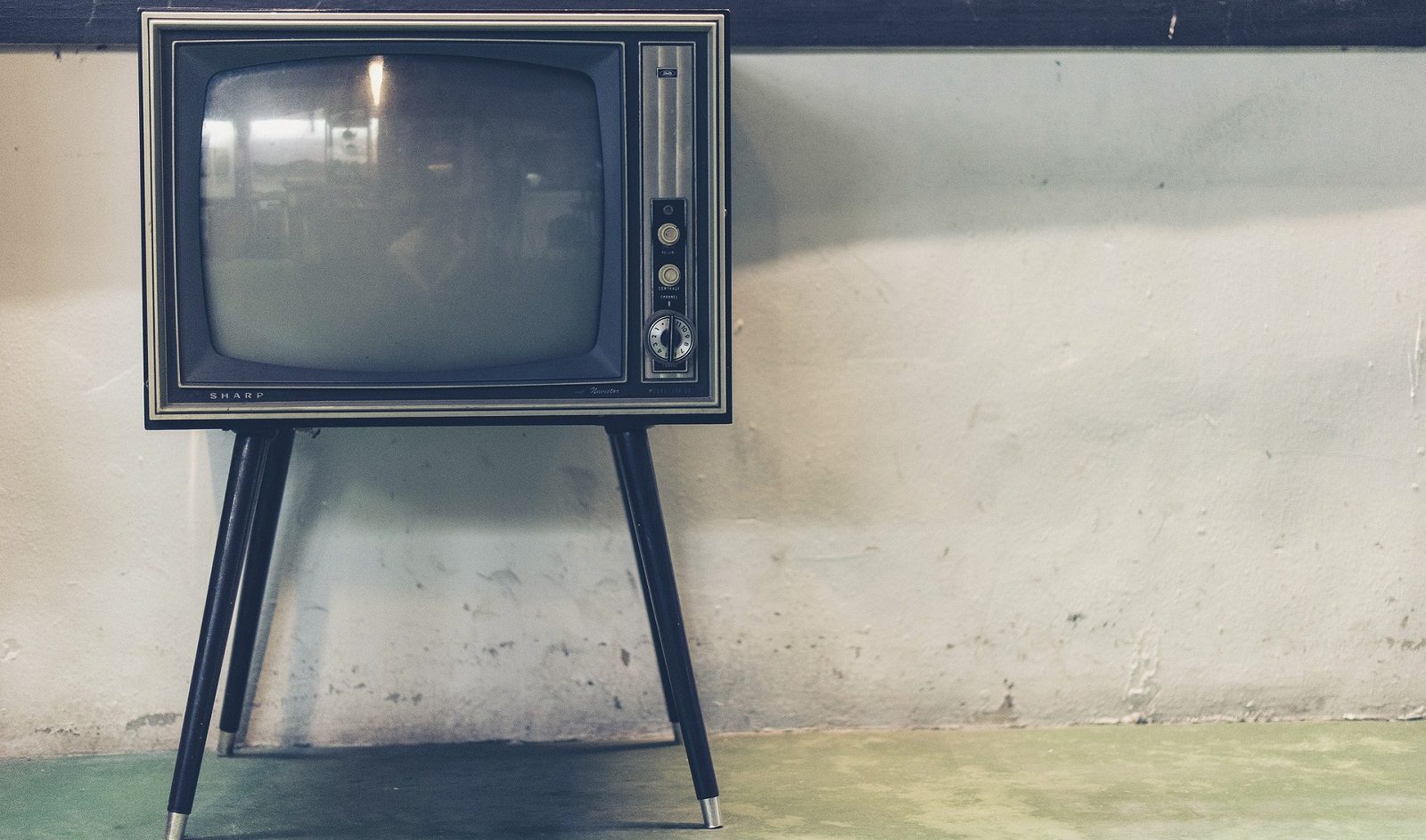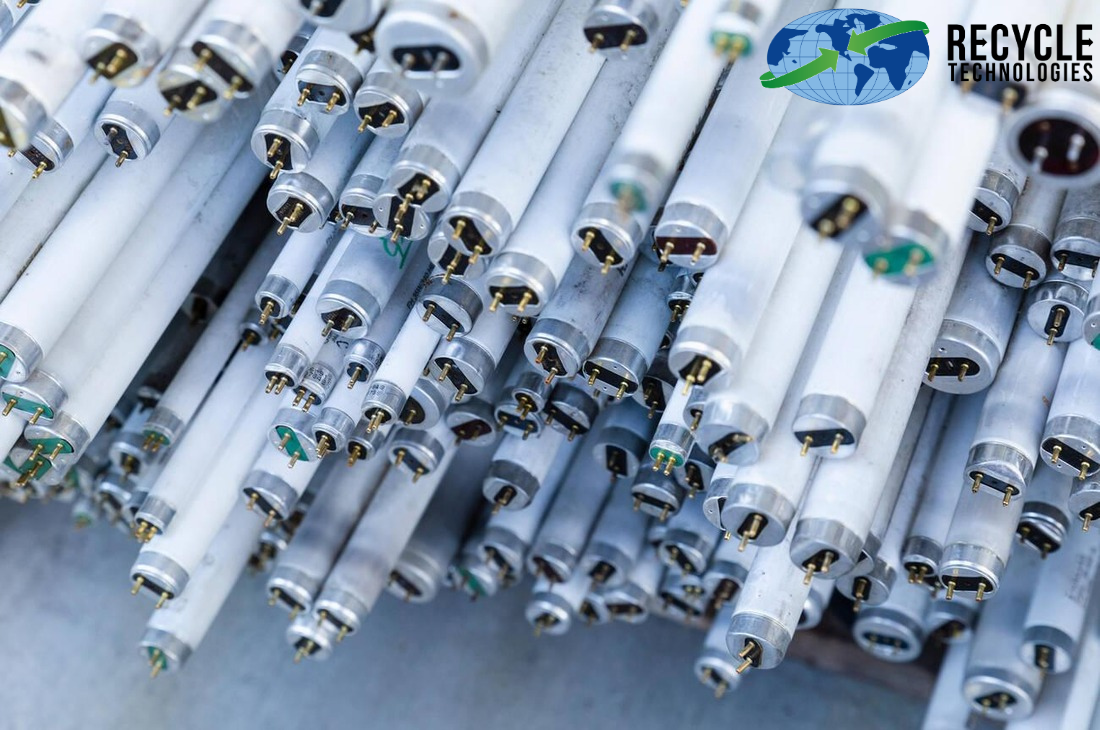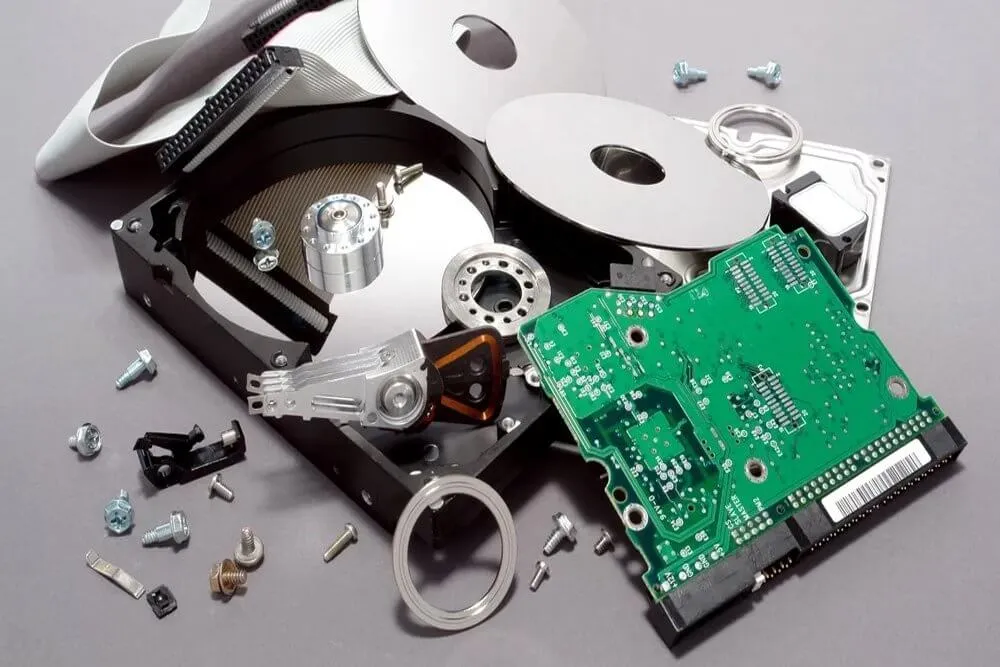Technology has not only changed the way we think but also the way we live our lives. But electronic waste remains the same. Televisions and VHS tapes were plaguing our landfills now smartphones and laptops are. The amount of e-waste we generate has risen exponentially. And technology is to blame.
Of course, it makes life easier but unless we have policies in place to properly dispose of electronic waste then all of this is just wishful thinking. As new electronics enter the market, electronic waste becomes a growing concern for many. It has sadly become the fastest-growing waste stream in the world.
E-waste is a broader term and has multiple subcategories that reference items as electronic waste.
These are:
- Small Devices
- Large Devices
Small Devices
Items in this category are smaller electronics and appliances. Both are treated as the main source of e-waste. These include:
- Vacuum Cleaner
- Microwaves
- Ventilators
- Toasters
- Electric Kettles and Shavers
- Electronic Scales
- Calculators
- Radios
- Video Cameras
- Electronics Toys
- Electric Tools
- Medical Devices
- Monitoring and Control Devices
Large Devices
Items in this category are a source of e-waste. These are:
- Washing machines
- Dryers
- Dish washing machines
- Electric Stoves
- Large printers
- Copiers
- Solar Panels
- Freezers
- Refrigerators
- Air Conditioners
Currently, the above items are ever-increasing as per weight, Recycle Technologies is concerned and is up for the challenge in properly disposing of the above devices. Our Recycling Facilities can process these devices in numbers. The circuit boards and the batteries are the mainstay of electronic waste and a major cause. With our team of professionals, you can count on us to properly dispose of this waste responsibly. For businesses and government agencies looking for a certified e-waste recycler, click here.
Why is E-waste at a critical junction?
Before venturing into how electronic waste works, it is essential to understand why it is necessary. Proper handling of waste management helps us offset the negative impacts of e-waste. It provides you with several benefits by keeping the materials in circulation. This circulation is commonly known as the circular economy. State and Federal regulators are advocating for a permanent solution to the growing e-waste problem.
Consumers have a choice: they can responsibly recycle or find a way to reuse. Throwing them into the trash is not a viable choice. This can have unforeseen circumstances including you serving jail time. Be sure to check low recycling laws before committing this mistake. The needs of the few outweigh the needs of the many.
What happens when electronic waste is not probably managed?
Improper managing e-waste which includes sending them to landfills may lead to dire consequences. This action may cause the release of toxic chemicals into the air, water, and ground. Your inability to not do the right thing will result in these pollutants exposure:
- Lead
- Barium
- Phosphor
- Cadmium
- Mercury
- Beryllium
Heavy metals such as mercury and cadmium are a major concern since they can do the most damage. A single drop of these can contaminate acres of soil. E-waste recycling must be on your agenda. If not then new resources will be required to be mined to create new electronics. If we recover the same resource through recycling our dependence on virgin resources will cease to exist.
Does Recycling e-waste benefit us?
Yes, recycling e-waste does benefit us. It allows us to recover materials that are crucial for the manufacturing of new products. Gold, Copper, Glass, Aluminum, and plastic are up for grabs using recycling as a process. Research has shown that the value of materials in e-waste is worth 60 billion USD.
As more materials are recycled enter back into the supply chain. This helps companies create new products instead of mining for new natural resources. Thus, reducing our environmental impact, reducing toxic exposure, and creating sustainability.
Recycling helps create more than 681,000 jobs with 5.5 billion USD in taxes and 37.8 billion USD in wages. For every 1000 tons of material recycled, a new job opportunity happens. However, we produce 6918 kilotons of e-waste with a recycling rate of only 15 %.

What challenges do most certified e-waste recyclers face?
Not properly disposing of those harmful chemicals, heavy metals, and other substances can create difficulties in the recycling process. This is more problematic when e-waste is exported instead of recycled locally. It can have a severe environmental impact which will lead to an increase in emissions.
This can all be avoided if your e-waste is being taken by a certified e-waste recycler such as Recycle Technologies. The Single Stream facility is problematic at best. Recycling a microwave is not the same as recycling a smartphone. The sorting and separation of materials present in these devices pose a time-consuming risk. Recycle Technologies has systems in place that solve your e-waste problems faster than you can imagine.
E-waste Recycling Process
- Collection
- Storage
- Shredding
- Separation
- Recovery
Step 1 Collection
The first phase of the recycling process is the collection of electronic products. The mixed e-waste is then separated, so the flow doesn’t stop. Multiple items are sorted and put in designated areas. As the process of batteries is much different than what we normally do with electronics. Not adhering to this can lead to recycling contamination.
Step 2 Storage
Displays and screens are contaminated with lead. So, storing this e-waste is paramount. The glass present in these monitors is at the end of its supply chain.
Step 3 Shredding
Shredding helps us turn e-waste into smaller bits. This helps us to properly sort out valuable materials. Many electronics such as circuit boards are a mix of materials. Breaking them down is essential.
Step 4 Separation
A large magnet helps us separate the various resources that have passed through our shredder. We also rely on water to help us in the separation process. This purifies the resources.
Step 5 Recovery
After the materials are separated, they are ready for sale and reuse. Certain materials join another recycling stream.
Also Read: 6 Recycling Myths Busted by Recycle Technologies
Conclusion
Recycle Technologies is a certified Electronic waste Recycler. We have four major recycling facilities in Wisconsin and Minnesota that can process countless e-waste. Our process is simpler because our employees are the most proficient. That is why we can process so much e-waste. We can help you lessen your e-waste liability by recycling it responsibly. Make a difference. Recycle with us.
Courtesy
Distribution of electronic waste generated worldwide


